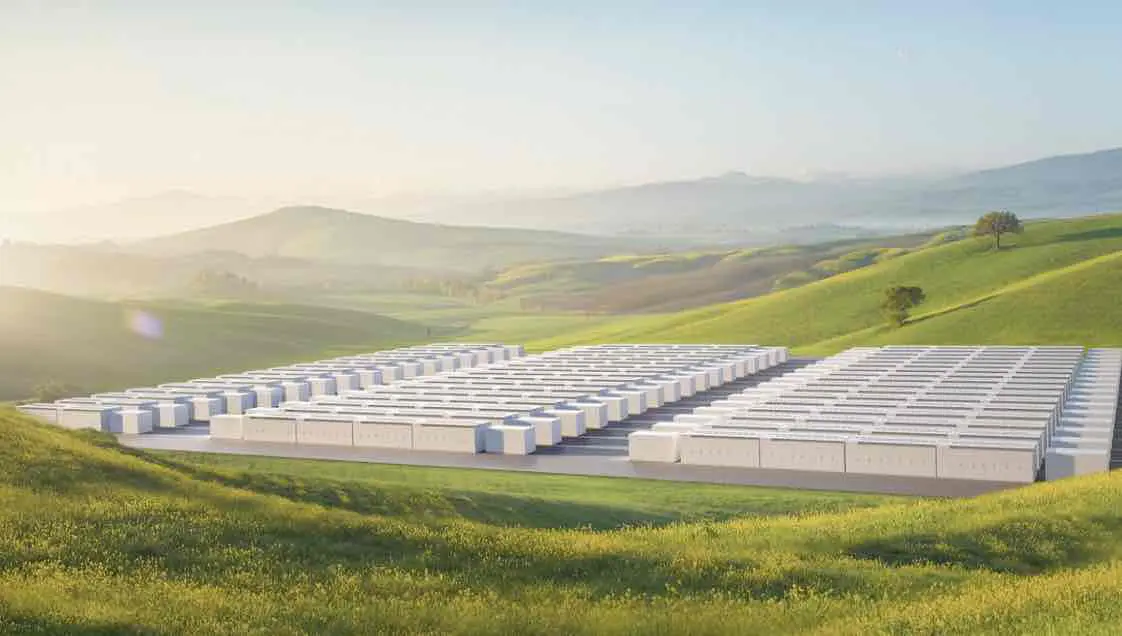Akaysha Energy, the battery storage upstart backed by global funds giant BlackRock, says it expects four hour batteries to be the “new normal” in Australia after its Orana battery project was named as one of the winners of the federal government’s first capacity investment scheme auction.
The Orana battery won’t be the first four hour battery in Australia – that honour will likely go to Neoen’s Collie battery in Western Australia that is designed to squash that state’s solar duck – but it will be the biggest at 415 MW and 1660 MWh, nearly double the planned first stage of Collie (219 MW and 867 MWh).
Akaysha was one of three battery storage winners of the auction, along AGL’s proposed 500 MW, two hour battery at the site of the closed Liddell coal generator, and Iberdrola’s 65 MW, two hour battery at Smithfield in western Sydney.
Akaysha, which is also building the 850 MW, 1680MWh Waratah Super battery at the site of the closed Munmorah coal fired power station in the central coast, says the Orana battery will be a groundbreaking facility.
“At Akaysha Energy, we are bullish on longer duration systems such as this four-hour system,” said Akaysha CEO Nick Carter.
“Our in-house markets modelling, engineering and technical teams have all combined to provide us a strong view that four hours is the new normal for BESS (battery storage) duration in Australia.”
In fact, some batteries are going longer than that, with a 50 MW battery in the south-west of NSW proposed by RWE to provide eight hours of storage, and more such batteries could emerge as part of the long duration storage tenders being managed by NSW.
Most batteries built in Australia to date have been sized at between one and two hours storage, but that is mostly because they were focused on grid services such as frequency control, and network contracts, and not with shifting heaps of renewables from one time of the day to another.
However, Akaysha thinks that for the moment, four hours is going to the sweet spot.
“Projects of this magnitude will have a significant impact on reducing the cost of energy and protection against outages and other events for consumers and communities,” the company says.
“The Orana BESS will be one of the first systems in Australia to deliver a four-hour system, significantly increasing the value of utility-grade battery storage to stabilise the national energy grid during longer at-risk peak periods.
“Combined with the long-term agreement, the BESS will enable up to 2GW of new renewable energy, with enough storage to power 90,000 homes per day.”
Akaysha Energy is also planning another four-hour battery, up to 1244MWh, at Elaine in Victoria, while the Ulinda Park project in Queensland, also near a coal fired power station, the operating Kogan Creek facility, is currently configured at two hours of storate.
Paul Curnow, the head of strategy at Akaysha, says the auction mechanism adopted in the Capacity Investment Scheme, which effectively provides a revenue floor, will help bridge the pricing gap between two and four-hour battery systems, and enable companies like Akaysha to write innovative revenue products on top.
“This will help build offtake liquidity in the OTC (over the counter) market and lead to longer duration battery storage capacity coming through,” Curnow says.
Akaysha Energy was acquired by BlackRock Private Markets, via its Climate Infrastructure franchise, in 2022, and has teams around the world including in Australia, Japan, the United States and East Asia.
See also RenewEconomy’s Big Battery Storage Map of Australia
And: Liddell to host giant battery after AGL and Akaysha win Australia’s biggest capacity tender










